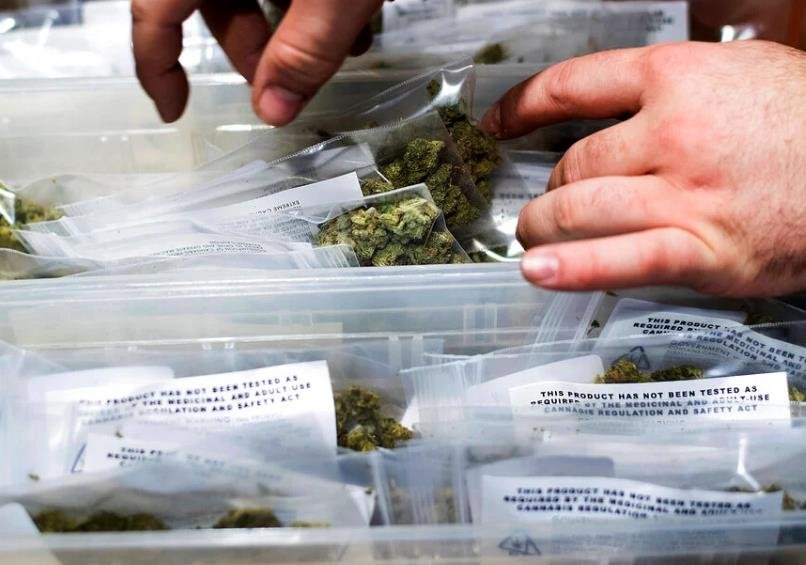A decade-long study conducted by Florida Atlantic University has uncovered encouraging news: teen cannabis use has significantly decreased. Published in the Pediatric Reports journal, the study, which analyzed data from the Youth Risk Behavior Survey (YRBS), shows that fewer adolescents are using cannabis, with a notable drop in consumption from 2011 to 2021. However, the study also reveals ongoing disparities across different demographic groups, highlighting the need for targeted interventions.
Study Methodology and Key Findings
The researchers analyzed responses from 88,183 adolescents collected over a ten-year period, spanning from 2011 to 2021. The Youth Risk Behavior Survey, a widely recognized tool for monitoring health-related behaviors in U.S. teens, provided the data for the study. The researchers looked at cannabis use trends across different years, race/ethnicity groups, genders, and school grades, offering a detailed picture of how cannabis consumption has evolved among American teenagers.
In 2011, 23.1% of adolescents reported using cannabis. By 2021, that figure had dropped to 15.8%, marking a significant reduction over the decade. This decrease is especially notable considering the rise in cannabis legalization in various states during this period. Despite this overall decline, the study also highlights significant differences based on age, gender, and ethnicity.

Age and Grade-Level Trends
One of the most striking findings from the study is the variation in cannabis use by school grade. The percentage of teens reporting cannabis consumption generally increases as they age. Older teens, particularly 12th graders, were more likely to report using cannabis compared to their younger peers. In 2011, for example, 22.4% of 12th-grade students reported using cannabis, compared to just 18.7% of 11th graders and lower rates among younger grades.
Interestingly, the largest decrease in cannabis use was seen among ninth graders. This suggests that younger adolescents may be more influenced by health campaigns and prevention programs aimed at deterring drug use.
Gender Differences in Cannabis Use
Another key trend identified in the study was the shift in gender differences in cannabis consumption. In 2011, boys were more likely to use cannabis than girls, with 25.9% of boys reporting use, compared to 20.1% of girls. However, by 2021, this trend had reversed. Girls now reported higher levels of cannabis use, with 17.8% of girls using cannabis, compared to 13.6% of boys. This shift is significant, as it marks a change in adolescent cannabis use patterns that were once more pronounced among males.
The study suggests that health interventions may need to address this changing dynamic by focusing on both genders equally and developing gender-specific messaging that resonates with teenage girls.
Racial and Ethnic Disparities in Use
The study also found notable differences in cannabis use among different racial and ethnic groups. African American teens reported the highest rate of current cannabis use in 2021, with 20.5% of African American adolescents indicating they had consumed cannabis. This was higher than the rates reported by white teens (14.8%) and Hispanic teens (16.7%). Asian teens reported the lowest rate of cannabis use, at just 5.1%.
These racial and ethnic disparities in cannabis use underscore the need for culturally relevant health education programs. Interventions tailored to the specific needs and concerns of different ethnic groups may help reduce these disparities and provide more effective prevention strategies.
Importance of Targeted Interventions
Despite the overall decline in cannabis use among teens, the study highlights the importance of continued efforts to reduce adolescent cannabis consumption. Health experts recommend the development of tailored interventions that address the specific needs of different demographic groups. This includes programs that focus on the unique challenges faced by different racial, ethnic, and gender groups.
Additionally, as cannabis use patterns shift, with more girls and older teens reporting use, health educators will need to adapt their strategies to stay ahead of emerging trends. Prevention programs should continue to emphasize the risks of early cannabis use, especially for those in younger grades, as these teens showed the most significant decline.
A Step in the Right Direction
While the decline in teen cannabis use is certainly a positive sign, the study from Florida Atlantic University underscores the need for continued vigilance and targeted interventions. The differences in usage rates by age, gender, and ethnicity highlight the complexity of the issue and the importance of personalized health messages. As cannabis legalization continues to spread across the U.S., it will be crucial to monitor these trends closely and adjust prevention strategies to ensure the health and safety of all adolescents.
Michael Brown is a seasoned journalist with a knack for uncovering compelling stories within the realm of cannabis. Through his investigative reporting and in-depth analysis, he sheds light on the regulatory challenges, market trends, and societal impacts of the burgeoning cannabis industry. Michael’s commitment to objective journalism and ethical reporting makes him a trusted voice in providing readers with balanced and informative articles about this rapidly evolving landscape.








